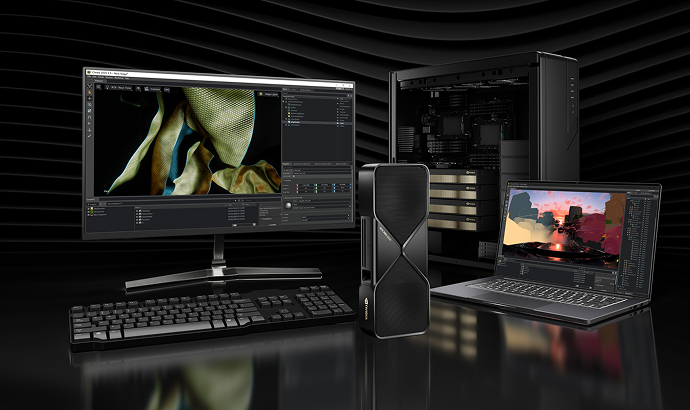
The Power of Artificial Intelligence in Personalized Learning
AI has the potential to dramatically reshape education through personalized learning experiences. Here’s what’s in store for the future.
6 minute read
•Education



AI has the potential to dramatically reshape education through personalized learning experiences. Here’s what’s in store for the future.
6 minute read
•Education

Private sector companies across industries have adopted analytics to improve investments, operational efficiencies, and customer experiences with notable success. Advanced analytics has worthwhile applications at institutions of higher learning as well; but few of these universities and similar establishments have adopted advanced analytics in meaningful ways today.
6 minute read
•Education

With its more than 1 million active duty and millions more civilian personnel, the U.S. Department of Defense (DoD) makes a global impact. Its distributed assets protect billions of people in geographically dispersed countries. But with hundreds of thousands of assets, vehicles, and facilities in operation on any given day, its carbon footprint impacts the globe as well.
8 minute read
•Education
Digital technology is transforming 21st century warfare, where future victories will go to countries with the most sophisticated applications of artificial intelligence (AI), human augmentation, drone technology, and Big Data. In the United States, the growing closeness of private Silicon Valley startups
8 minute read
•Education
We are writing frequenly. Don’t miss that.
Unregistered User
It seems you are not registered on this platform. Sign up in order to submit a comment.
Sign up now